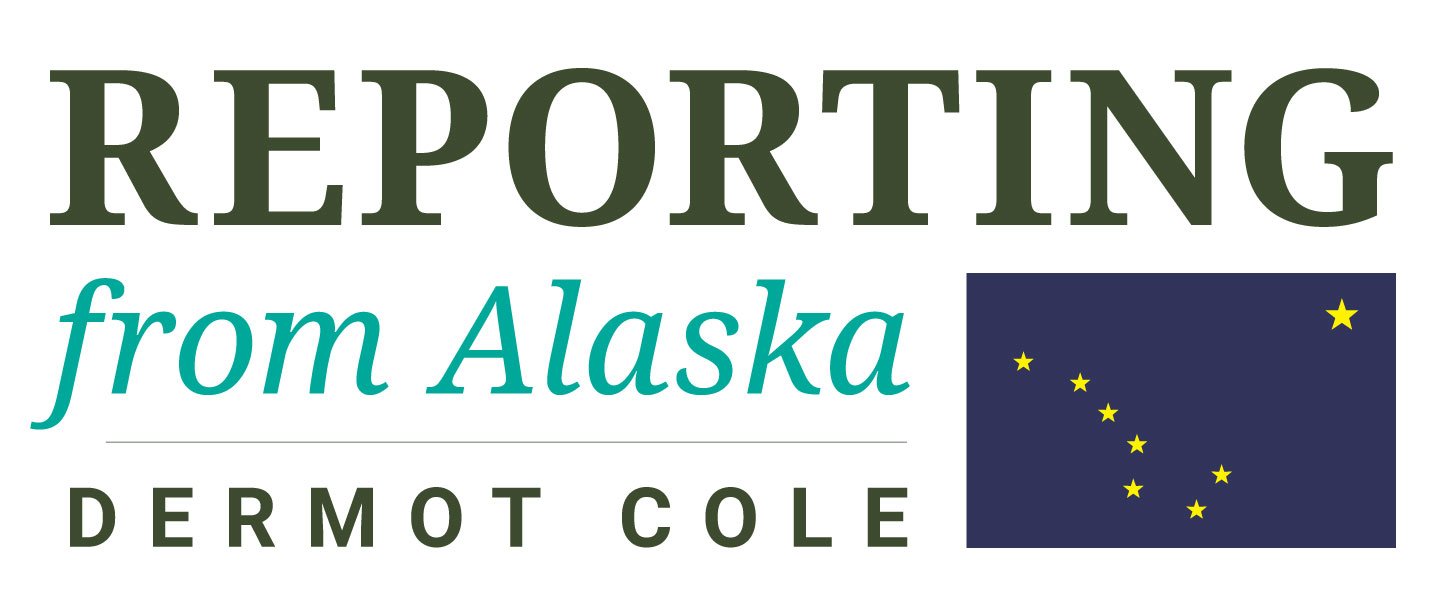State looked the other way, while Kinross trucks exceeded 'informal' weight limits
It was a year ago this week that the Dunleavy administration shut down a committee studying the route from Tetlin to Fort Knox and issues related to the Kinross ore-hauling operation.
The Dunleavy administration short-circuited the process to silence those who raised any safety and cost questions about the impact of the Kinross trucks on Interior Alaska highways.
The state released a draft of the corridor study in April, but there has been silence since then.
The Department of Transportation and Public Facilities now says the final report will be released any day now.
This situation has been mishandled by Ryan Anderson, the transportation commissioner, who should have allowed the committee to finish its work without interference. A year ago, Anderson said the state only wanted to hear about issues on which there was general agreement.
One alarming development that illustrates why the committee should have continued its independent work was the announcement on Halloween that the state bridge department decided it needed to post an 80-ton limit on the Richardson Highway bridge outside of North Pole.
This move by the state followed reporting by KTVF in Fairbanks that thousands of loads bound for Fort Knox had exceeded the weight limits that the state and Kinross had informally agreed to.
There are scales at the mine and there should have been no overweight trucks on the route. The state made much of a summer 2023 agreement to reduce truck weights by 1 percent.
Anderson and Gov. Mike Dunleavy have taken the position that no state effort or mandate of any sort was needed to ensure safety and to limit damage to highways. Just Say Yes is the mantra.
The belated state decision to post an 80-ton limit on the Richardson Highway bridge over the floodway is tantamount to an admission that the state was wrong and that official action was needed before the Kinross trucks began to roll. The trucks are owned by the Kinross joint venture and operated by Black Gold.
The official 80-ton limit is to “protect state infrastructure,” according to Chief Bridge Engineer Leslie Daugherty, and to avoid “deterioration that could lead to additional load restrictions . . .”
“Trucks will be weighed (Tok and Fox) and stopped if found to be over the 80-ton limit,” the state said in its October 31 announcement.
Had the committee remained in operation, this issue and many others would not have gone unaddressed for this long.
The decision to post a weight limit at North Pole raises many serious questions—the most important are whether calculations by engineers that proposed much lower weight limits should be applied to the Richardson Highway bridge and to other bridges along the route.
In October 2022, a state bridge engineer said “five bridges would require a reduction in the proposed haul truck weight to remain below the posting/inventory/legal limit.”
The plan was not to post maximum weight limits on the bridges, engineer Sarah Schacher wrote on December 13, 2022, but if deterioration was discovered during inspections or if an extreme event occurred, that might change.
With the state acting like a business partner of Kinross, these issues have not been properly examined.
Your contributions help support independent analysis and political commentary by Alaska reporter and author Dermot Cole. Thank you for reading and for your support. Either click here to use PayPal or send checks to: Dermot Cole, Box 10673, Fairbanks, AK 99710-0673.
Write me at dermotmcole@gmail.com.
